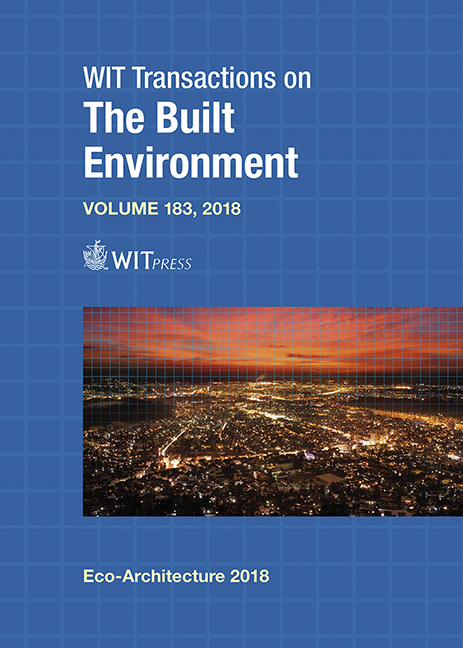HEALTH-ORIENTED EVALUATION OF THE SPATIAL DISTRIBUTION OF URBAN GREEN SPACE IN THE WUHAN INNER CITY AREA OF CHINA
Price
Free (open access)
Transaction
Volume
183
Pages
12
Page Range
37 - 48
Published
2019
Paper DOI
10.2495/ARC180041
Copyright
WIT Press
Author(s)
YUPING DONG, HELIN LIU
Abstract
Research has proved that urban green space can be utilized to promote public health. While exploring the underlying mechanism, the main focus is always on the meso-scale characteristics of urban green space such as accessibility, availability, proximity, and its micro-scale attributes like area, quantity, constituent elements and environmental perception. Yet, its spatial distribution, as the macro-scale characteristics of urban green space, is also closely related to residents’ health but has not well been explored. Regarding this, this paper takes the inner-city area of Wuhan as an example to evaluate the spatial distribution of the green space with Jiedao as the basic analysis unit. By buffer analysis and zonal analysis, the evaluation is conducted from five dimensions which are balance, equality, availability, accessibility and quality. The results show that, except in balance, the distribution of health-promotion green space is not satisfactory in the other four dimensions, especially in accessibility, quality and equality. The underlying causes could be attributed to three aspects of the current urban green space planning: (1) emphasis on ecology-oriented value and the application of “top-down” planning approach; (2) adoption of a single-dimension index system; (3) application of a static but not an adaptive framework. Therefore, from planning perspective, to shift the value-orientation and readjust the framework of urban green space planning will be one key solution to the identified problems.
Keywords
health-oriented, urban green space, evaluation, planning, Wuhan inner city area





